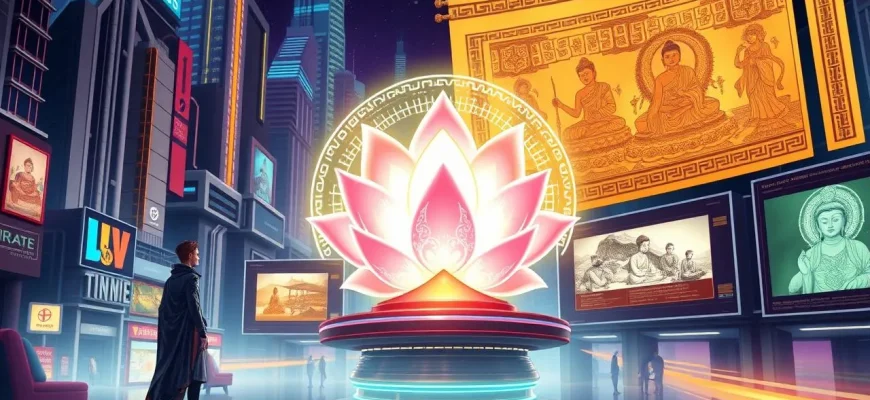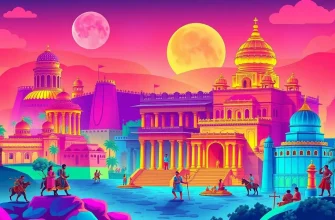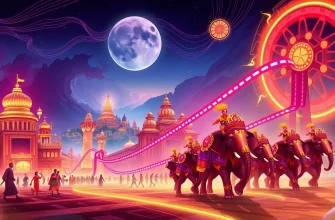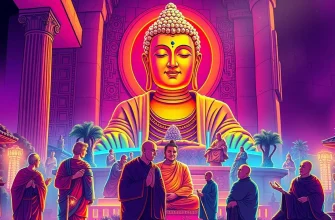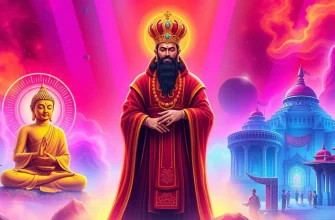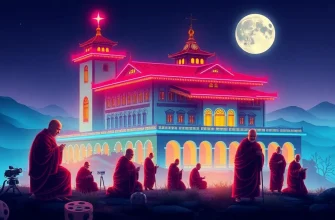Embark on a cinematic journey through time with our curated selection of historical films that delve into the world of Buddhist art. This collection not only showcases the beauty and intricacy of this art form but also provides insight into the cultural, spiritual, and historical contexts that shaped it. Whether you're a film enthusiast, an art lover, or someone seeking spiritual enlightenment, these films offer a profound exploration of Buddhist art's enduring legacy.
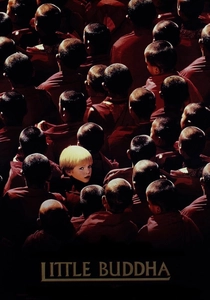
Little Buddha (1993)
Description: Directed by Bernardo Bertolucci, this film tells the story of a young American boy believed to be the reincarnation of a Tibetan lama. It features scenes of Buddhist art, including the creation of a sand mandala, highlighting the spiritual and artistic practices of Buddhism.
Fact: The film includes real-life monks from Nepal and Bhutan, adding authenticity to its portrayal of Buddhist culture.
 Watch Now
Watch Now
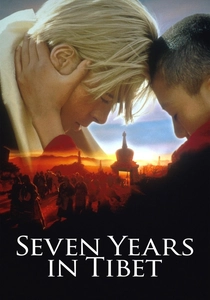
Seven Years in Tibet (1997)
Description: Based on the true story of Heinrich Harrer, this film delves into the cultural and spiritual life of Tibet, showcasing its unique art forms, including the creation of thangkas and the Potala Palace's architectural beauty.
Fact: The film was shot on location in Argentina and Morocco due to political issues with filming in Tibet.
 Watch Now
Watch Now
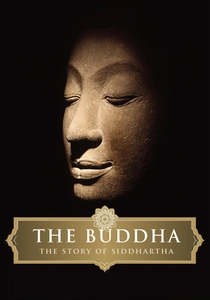
The Buddha (2010)
Description: This documentary by David Grubin explores the life of Siddhartha Gautama, the Buddha, and the spread of Buddhism. It includes extensive footage of Buddhist art, from ancient statues to modern interpretations, providing a comprehensive visual history.
Fact: The film was co-produced by PBS and features interviews with scholars and practitioners of Buddhism.
 Watch Now
Watch Now

The Horse Thief (1986)
Description: This Chinese film explores the life of a Tibetan horse thief and his family, showcasing the spiritual and artistic practices of Tibetan Buddhism, including the use of prayer wheels and the creation of mandalas.
Fact: The film was directed by Tian Zhuangzhuang, known for his realistic portrayal of ethnic minorities in China.
 30 Days Free
30 Days Free
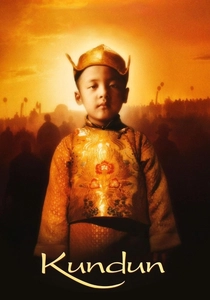
Kundun (1997)
Description: Martin Scorsese's epic biopic of the Dalai Lama, "Kundun," captures the essence of Tibetan Buddhist culture, including its art. The film showcases the intricate mandala sand paintings and the spiritual significance of Buddhist art in the Dalai Lama's life.
Fact: The film was banned in China, reflecting its sensitive portrayal of the Dalai Lama's life and the political situation in Tibet.
 30 Days Free
30 Days Free

Samsara (2001)
Description: This visually stunning film follows a young Buddhist monk through his journey of reincarnation, showcasing the art of Buddhist sculpture and architecture. It's a meditation on life, death, and the cycle of existence, with Buddhist art as a central theme.
Fact: The film was shot in 10 different countries, capturing the diversity of Buddhist art across Asia.
 30 Days Free
30 Days Free
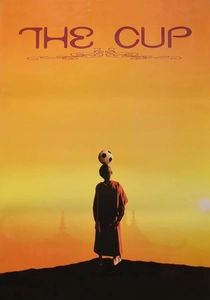
The Cup (1999)
Description: This heartwarming film follows a group of young Tibetan monks in exile who are more interested in watching the World Cup than in their monastic duties. It subtly explores the intersection of modern culture with ancient Buddhist traditions, including the art of Thangka painting.
Fact: The film was directed by Khyentse Norbu, a Bhutanese lama and filmmaker, making it a rare blend of spiritual authenticity and cinematic storytelling.
 30 Days Free
30 Days Free
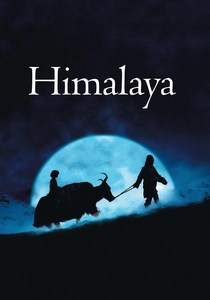
Himalaya (1999)
Description: Set in the remote Himalayan region, this film captures the harsh beauty of the landscape and the spiritual practices of the people, including their art. It features scenes of traditional Buddhist rituals and the creation of prayer flags.
Fact: The film was shot with non-professional actors from the Dolpo region of Nepal, adding authenticity to its depiction of local culture.
 30 Days Free
30 Days Free
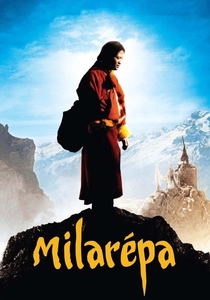
Milarepa (2006)
Description: This film recounts the life of the famous Tibetan yogi and poet Milarepa, focusing on his spiritual journey and the Buddhist art that surrounds his story, including the creation of sacred texts and the practice of meditation.
Fact: The film was shot in Bhutan and features traditional Bhutanese architecture and art, providing a rich visual backdrop to the narrative.
 30 Days Free
30 Days Free

The Silent Holy Stones (2005)
Description: This Chinese film follows a young Tibetan boy torn between his love for traditional Buddhist practices and the allure of modern technology. It subtly incorporates Buddhist art, particularly through the depiction of monastery life and the art of chanting.
Fact: The film was well-received for its sensitive portrayal of the clash between tradition and modernity in Tibetan culture.
 30 Days Free
30 Days Free

